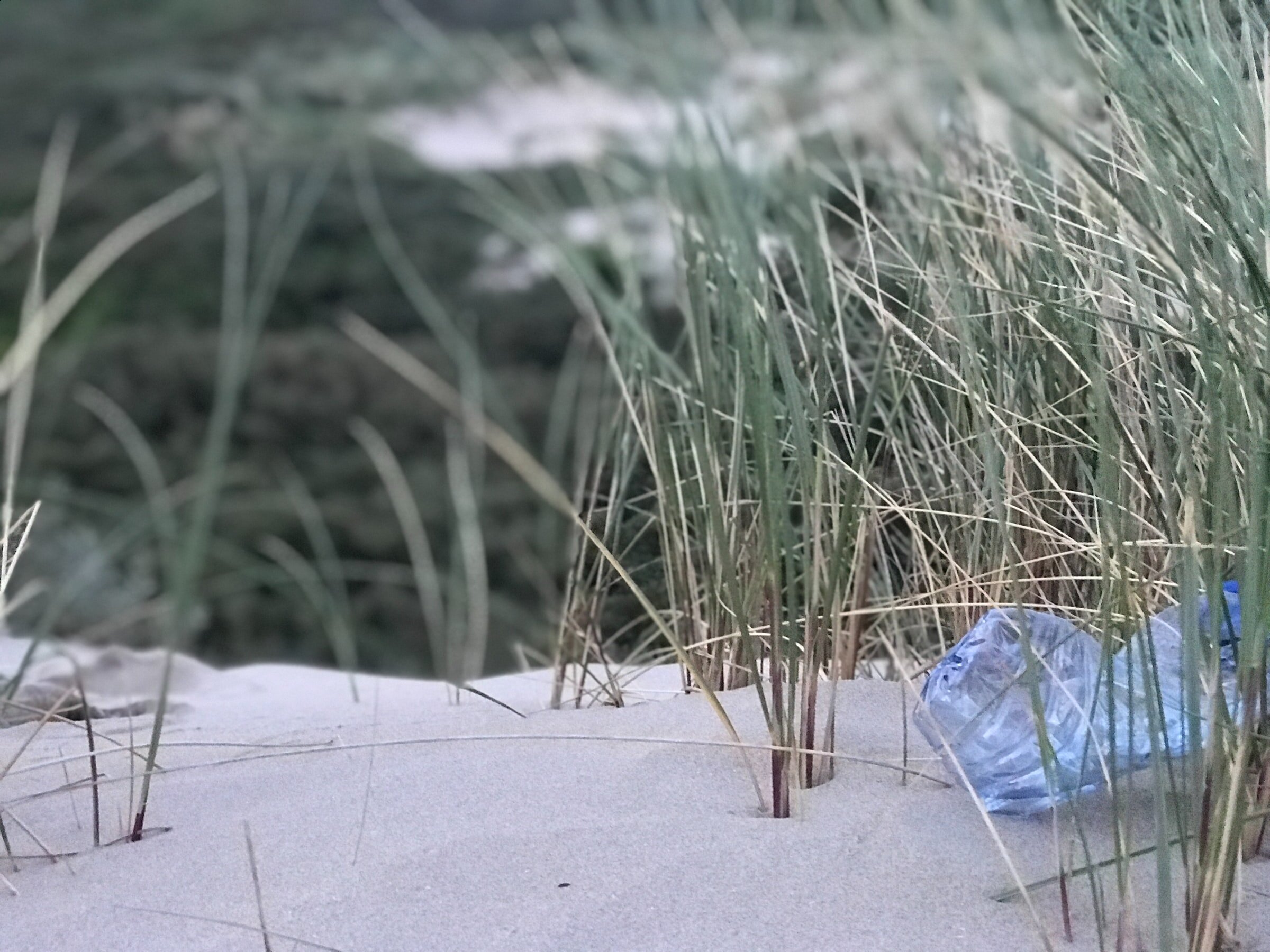Bio-based disposable packaging: How sustainable is it?
Over 60 million tons of plastic are produced annually in the EU. Packaging represents the largest amount of plastics application… 39,9%! Around 24 million tons– as we have pointed in a previous post. At its turn, this situation reveals an increasing dependency on oil, which is only forecasted to keep scaling up. This cumbersome truth has triggered, during the last decades, the development of new eco-friendlier materials for the environment.
Have you made use of some of these materials within your food packaging already?
Maybe you grabbed a fork in a festival and you were not aware that it was actually made by corn starch… In which bin did you throw it?
What is wrong with bio-based disposable packaging?
In a documentary emitted by “De Monitor” in the Dutch TV channel “KRO-NCRV on February 10 of 2020, the problem of the compostable status of paper cups in the Netherlands is treated. Teun van de Keuken, a Dutch producer of television and radio programs -and founder of Tony’s Chocolonely-, goes to all people involved in the process of composting paper cups, which are labeled as “100% compostable” to discover the truth of that statement.
In the documentary, an expert in circular resources makes clear that “100% compostable” does not mean that if you through the cup together with vegetables, fruits, and garden waste (GFT) it will degrade. He explains that this label means that packaging products can degrade under industrial conditions within a waste processing company; and not in the environment like the idea of “composting” might suggest. Going deeper into the paper cups waste management path, van de Keuken speaks with the representative of a waste collection company and then with a representative of a composting industrial facility.
The interviews unreveal the fact that the composting industrial facility does not like to receive compostable packaging. They consider that compostable packaging does not benefit the final compost product; and their priority is to offer a good compost to farmers. The representant concludes saying that the main problem is that most of these products don’t degrade at the same speed as the rest of the organic compostable materials.
Milieu Centraal, which appears in the documentary, is a Dutch organization that helps people in making sustainable choices. They also recommend discarding paper cups in the “other waste” bins, since they cannot be processed together either with paper or plastics under their normal facilities. Regarding bio-based plastics, they recommend to throw them in the bin for plastic. And what about bio-based compostable plastics? Well, they advise to put them in the “other waste” bin. In their website they explicitly mention that:
“Only compostable bags (with seedling logo or OK compost logo) to collect your VGF are allowed in the green container. Other compostable packaging and compostable products such as disposable cutlery and dishes are part of the residual waste. The professional composters do not want the bioplastics in the bio-bin because it does not contribute to the compost, and the chance of mistakes is considerable if people think that plastic is allowed in the bio-bin.”
The described situation is supported by scientific research which denounces that materials advertised or classified as bioplastics or bio-based plastics are not necessarily a straight forward sustainable solution (study 1, study 2). These scientific developments are a whole array from conventional plastics amended with additives to favoring their biodegradation, bio-based plastics, and biodegradable bio-based plastics. If you are wondering which is the difference between bio-based plastics and biodegradable bioplastics, you will want to keep on reading!
Many of these materials have been created with a good environmental intention; however, do not always end up as the most sustainable solution. There are two important terms that should be separated: bio-based plastics and biodegradable bio-based plastics. The terms are often used interchangeably, which does not mean they refer to the same thing. The first term is related to the origin of the product and the second to its possible end. While the use of bio-based plastics reduces the industrial consumption of fossil resources and CO2 emissions; biodegradable plastics could enhance circularity and sustainability regarding waste management.
Diferences between biodegradable and compostable plastics.
And there is even more… there is a difference between a biodegradable and a compostable plastic. The word “biodegradable” might make you think of a leaf in your garden becoming one with the soil just by the action of the rain, air, and soil life around; but this is not exactly what happens to all “biodegradable” packaging. Currently, we can find many biodegradable plastics in the market; but only some of them comply with a list of characteristics, making them suitable for degradation under industrial composting conditions, a standard knows as EN13432.
Usually, bio-based plastics are made of sugar cane, corn, wheat or potatoes. The rate of decomposition of material could vary considerably among different composting stages. In one study was found that only one type of biodegradable bioplastic achieved the same speed of decomposition as normal compostable material. Even more, polyethylene or polypropylene plastics amended with components to increase biodegradability did not obtain a positive result. This means that these types of plastics do not decompose as fast as a regular compostable material. People who work with compost processing knows it, and this is why these types of material are commonly rejected by compost processing facilities plants.
Paper cup with plastic coating… looking eco-friendly, just looking.
Think in all the impact that for instance, an institution could have if they stimulate and organize the use of reusable cups. Reusing instead of creating recycling illusions by collecting coffee cups separately from another waste packaging. In several situations these cups will only end in an incinerator. In consequence, producing more greenhouse gases. Even worst if paper cups have a coating made of sugar cane, which means importing raw materials and therefore creating a higher carbon footprint!
So which cup you will use next time?
By: Paola Solís Huertas


